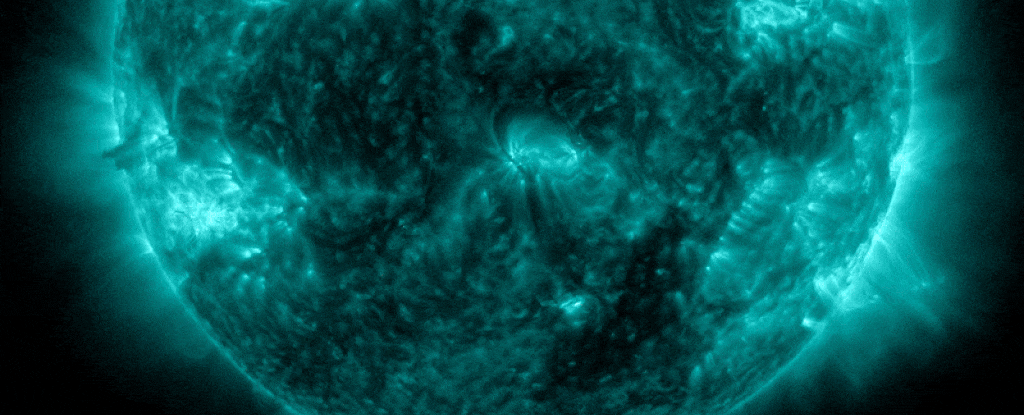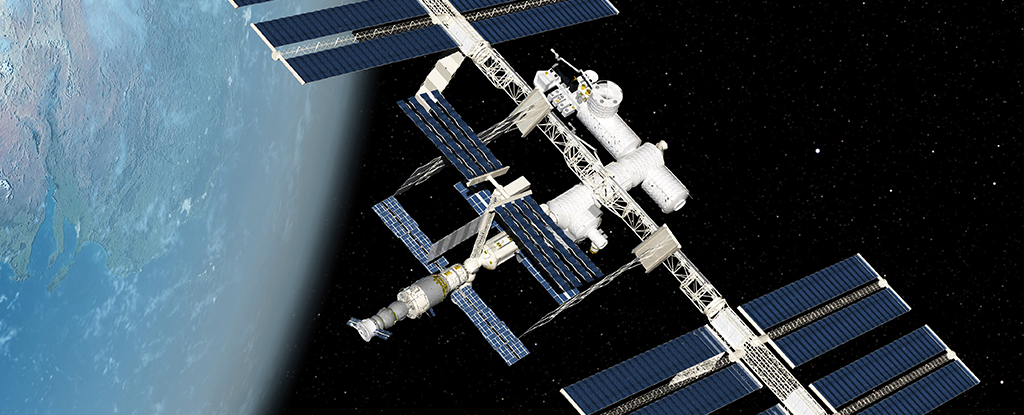A solar flare, a coronal mass ejection, and a coronal hole walk into a bar…
No, not really – but a combination of the three solar phenomena have come together in a collaboration that could produce auroras as far south as Iowa and Pennsylvania, and the north of England and Wales, in the Northern hemisphere.
According to a forecast issued by the NOAA’s Space Weather Prediction Center, Earth will see a chance of a G3 geomagnetic storm on the night of 16 September – a level classified as “strong”.
The culprit is an X-class solar flare that erupted on the Sun on 14 September, clocking in at a very high strength of X4.5. X-class flares are the most powerful flares the Sun can produce.
At the same time, the active sunspot region responsible for the flare belched out a coronal mass ejection, or CME. This is when a large eruption on the Sun sends billions of tons of solar particles and entangled magnetic fields rocketing across the Solar System.
This on its own would be pretty powerful, but it gets even better. At the same time, a coronal hole was present on the Sun, a large region where the magnetic fields are weak, allowing the solar wind to escape at higher strength. This gave the CME eruption a boost.
It’s when all these solar outbursts hit Earth that it gets really interesting. There are several effects we can expect. The first is the radiation from the solar flare. That arrives at light speed, so we’ve already had that one – high-frequency radio blackouts on 14 September.
The solar particles take a little longer to reach us. When they do, they get tangled up in Earth’s magnetic field lines, where they are accelerated to higher latitudes and dumped out into the upper atmosphere.
The interactions between the solar particles and the atmospheric particles create dancing lights in the sky – the aurorae borealis and australis.
Aurora, at the moment, is not unusual: the Sun is at the most active phase of its 11-year cycle, which means flare and CME activity are currently running rampant.
But the forecast for 16 September is particularly high – coming in at a 7 on the 10-point Kp index for geomagnetic activity that can be used as a proxy for aurora predictions.
Other effects probably won’t be felt by most people. They include intermittent high-frequency radio disruptions, and mild disruption to GPS. Spacecraft and satellites may also feel some effects in the form of increased drag and surface charging.
If you’re within the circle of about 40 degrees latitude, and you have clear skies, you may be in luck. It’s worth going out to take a peek at the night sky, to see if you can catch a glimpse of a glorious spectacle.





